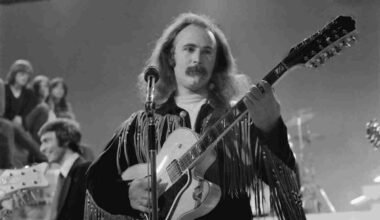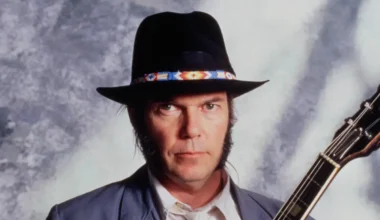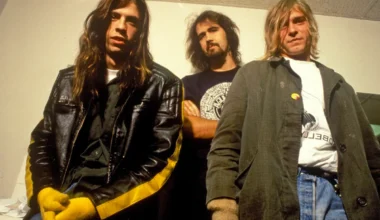Paul Simon is known for his meticulous picking technique and steady pulse, which became the backbone of some of the most iconic songs in folk rock. His collaboration with Art Garfunkel in Simon and Garfunkel, particularly on tracks like “The Sound of Silence,” showcased Simon’s ability to create a subtle yet compelling rhythm that provided the perfect foundation for their heavenly harmonies. But what truly set Simon apart was his willingness to bend his style to fit the needs of each song, whether playing with African musicians on Graceland or experimenting with jazz-inspired chords.
While his acoustic guitar playing is widely admired, Simon knew there were limits to his skills, especially when it came to the mastery of jazz guitar. Enter Django Reinhardt—a legend whose extraordinary ability to create lush, complex jazz with just two fingers on the fretboard set the gold standard for Simon. Despite his own mastery, Simon never felt he could replicate Reinhardt’s brilliance, particularly when paired with jazz violinist Stéphane Grappelli.
In his early solo career, Simon recognized the gap between his style and Reinhardt’s virtuosity. In a reflection on his recording of “Hobo’s Blues,” Simon explained his intention to have Grappelli take the lead, acknowledging that Reinhardt’s jazz phrasing was beyond his reach. “I can’t do what Django Reinhardt did on guitar when he played with Grappelli,” Simon admitted. Instead of trying to match Reinhardt, Simon approached the collaboration as an opportunity for a musical exchange. The result was a dynamic jam where both musicians responded to each other’s playing, bringing Simon’s signature style into the jazz fold.
Rather than attempting to mimic Reinhardt, Simon’s goal was to expand his musical horizons. With only a few chords and Grappelli by his side, Simon absorbed the jazz language and internalized its fluid, spontaneous qualities. The recording of “Hobo’s Blues” captures the essence of jazz—a conversation between players—and offers a refreshing contrast to Simon’s earlier, more polished work with Simon and Garfunkel. For Simon, it was a moment of growth, where he could honor Reinhardt’s influence while making the genre his own.
This flexibility in Simon’s approach is what made his solo work so remarkable. He wasn’t just a folk artist sticking to a single sound but a musician who was constantly evolving, drawing from diverse influences to craft songs that were as intricate and inventive as his guitar playing. With every record, Simon was pushing the boundaries of what was possible, incorporating jazz vocabulary and rhythms into his pop framework to create something uniquely his.








